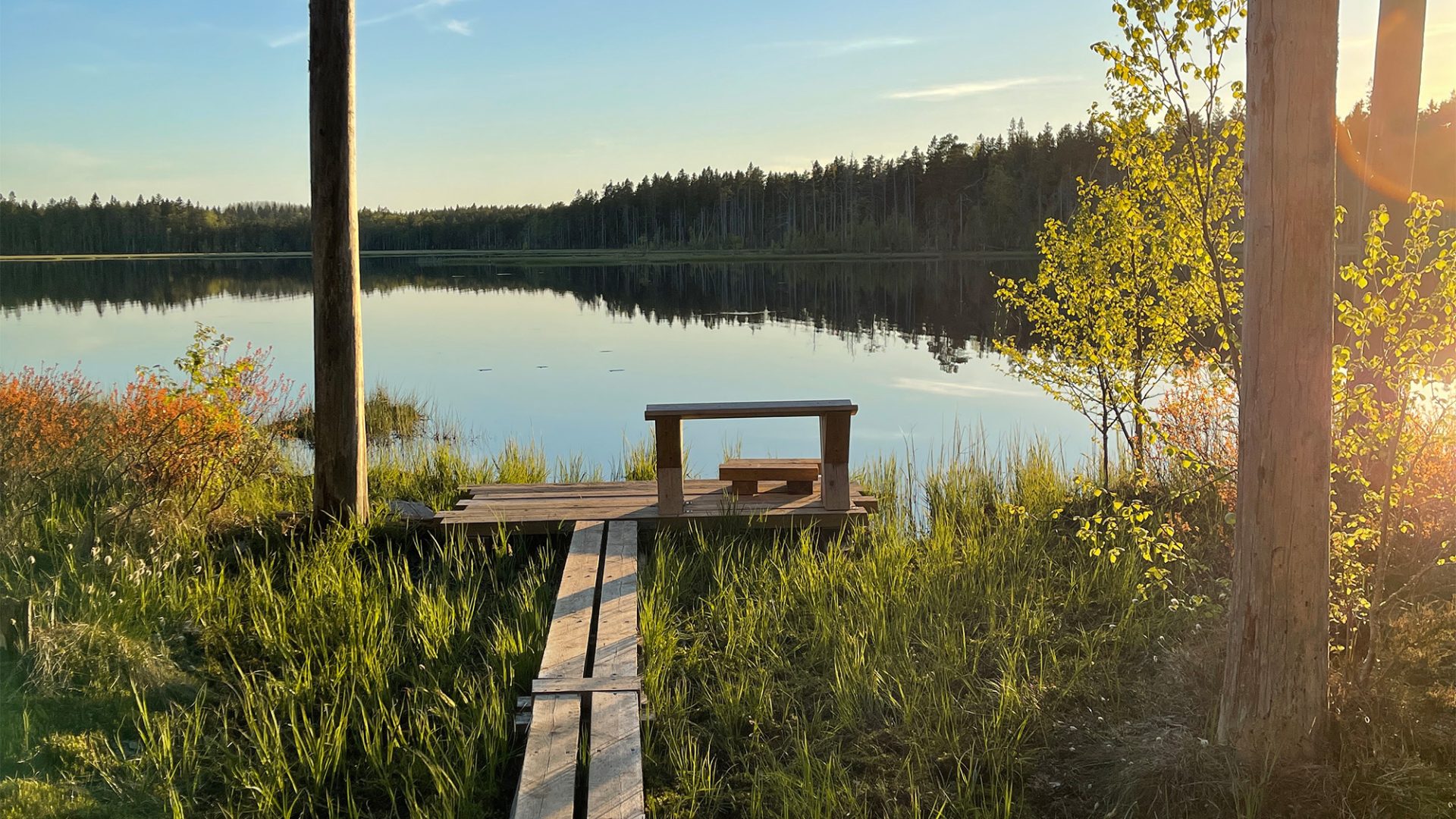Event
Sevil Acar, Boğaziçi University – Seminar November 19, 13.15, Kronan (SLU)
Wednesday 19 Nov, 2025
13:15 - 14:15
Kronan SLU
News
-
New paper on the effects of energy price shocks on the industrial firm
Abstract: In this paper, we empirically examine the dynamic effects of electricity and fuel price changes on factor demand, utilizing… -
CERE goes to Oulu to talk about energy economics
A group of CERE members travelled last week, from the 16th to the 18th of September, to Oulu (Finland) to… -
Ulvön Conference on Environmental Economics 2025 – A Resounding Success
We are delighted to announce that the 2025 Ulvön Conference on Environmental Economics, was successfully held on the beautiful island…
New CERE paper out now!![]()
![]() See www.cere.se/new-paper-on-the-effects-of-energy-price-shocks-on-the-industrial-firm/
See www.cere.se/new-paper-on-the-effects-of-energy-price-shocks-on-the-industrial-firm/

